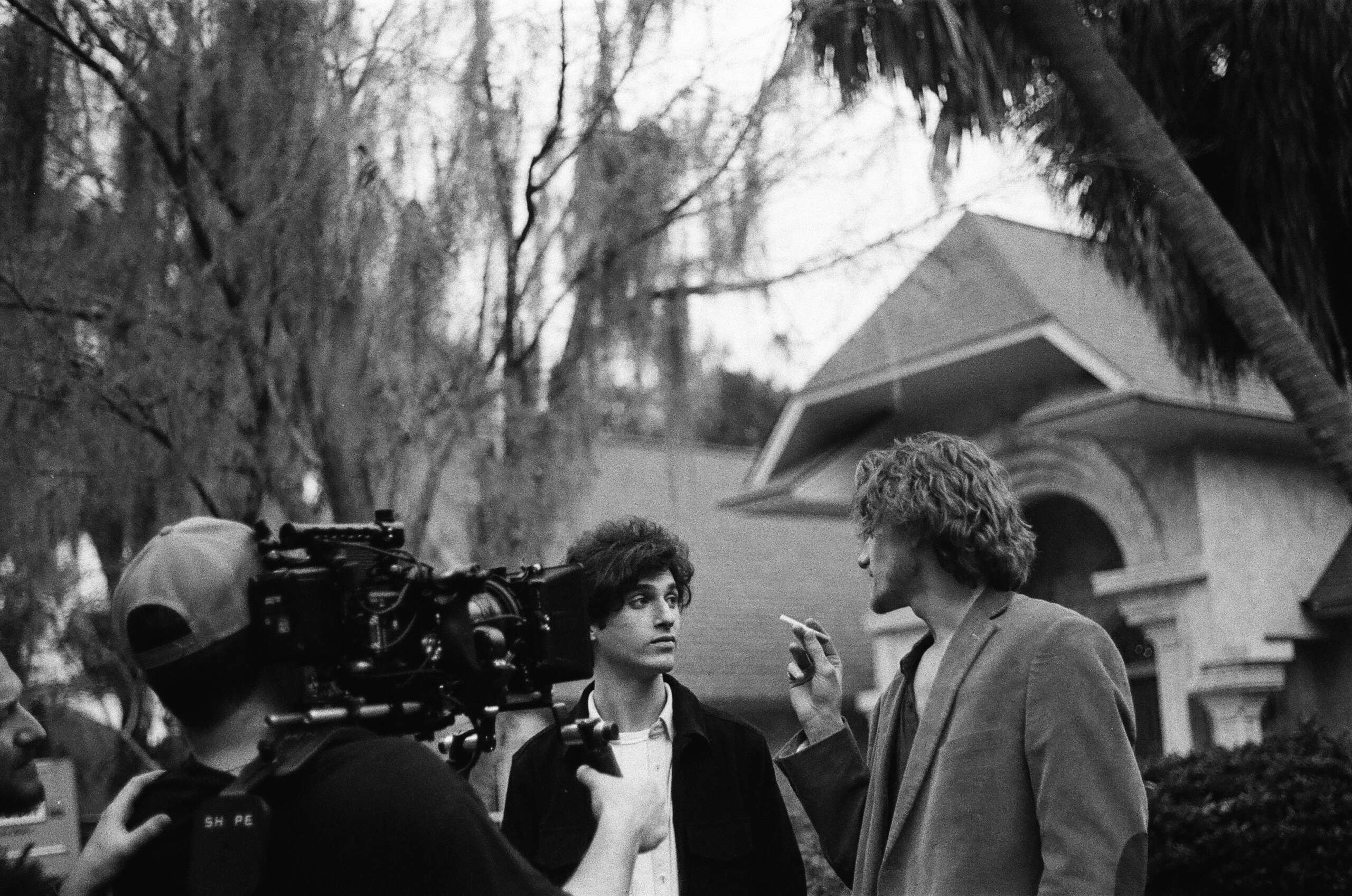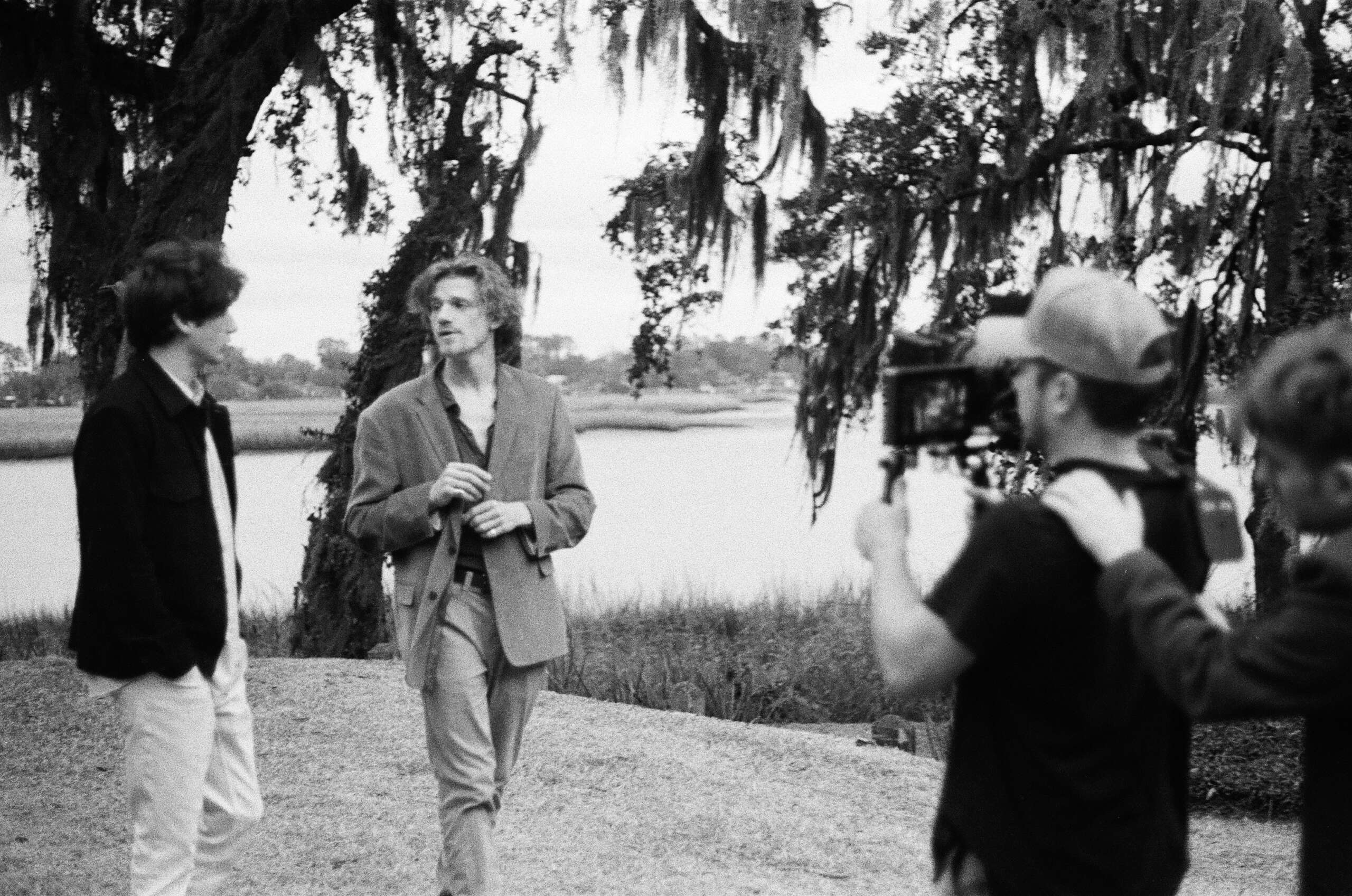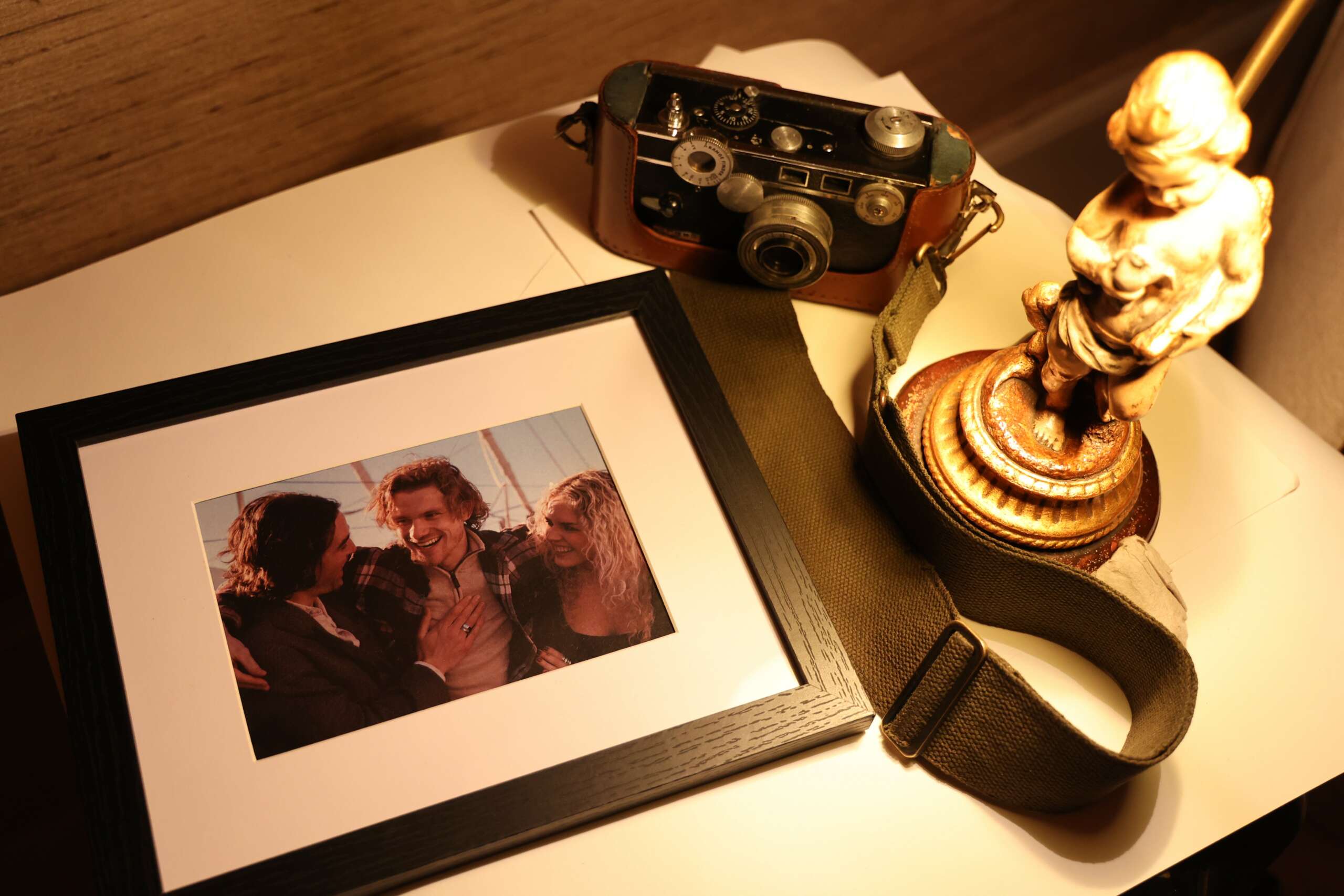Alright – so today we’ve got the honor of introducing you to George Sefer. We think you’ll enjoy our conversation, we’ve shared it below.
Hi George , thanks for joining us today. What’s been the most meaningful project you’ve worked on?
Recently I worked on an adaptation of Oscar Wilde’s “The Picture of Dorian Gray” as a co-writer and director. My producer Emily and I decided to film a pilot episode as our senior capstone and use it as the basis for a limited series we’d like to pursue. The original novel focuses on Dorian Gray, a young man who decides to sell his soul to the devil in return for eternal youth. He’s allowed to indulge in all types of sin, while his corruption is recorded on a picture instead. It’s a fascinating work that entails a variety of subjects regarding drugs, s*x and identity that seemed surprisingly fitting for a modern-day retelling.
I was going for walk around Downtown when I first moved to Savannah and the Victorian aesthetic somehow spoke to me. Before I knew it I was reading “The Picture of Dorian Gray” again and the dots started connecting. It was possible to film an adaptation of the novel that was set in modern day, while still taking advantage of Savannah’s Victorian edge and feel.
Why a modern day adaption? Oscar Wilde was famously caught up in trials and controversies regarding his s*xuality, and there’s certainly a fair deal of his romantic and s*xual sensibilities that carry across throughout the novel, no matter how heavily they’ve been censored. I feel that ironically, because of that censorship the reader is allowed to project more of their own interpretation on the way Dorian Gray interacts with his counterparts. The line between the platonic and the pragmatic is largely drawn by the reader instead of the author. And although the Opium dens where Dorian indulged himself in might not be around anymore, it’d be a bit of a stretch to assume that we’ve moved away from drug abuse as a society.
There’s a whole other discussion to be had about s*xuality and how the younger generations interact with each other. The age of romance seems behind us, and there’s a feeling of detachment and transactionality that characterises young relationships. We assume we’re more progressive because we’re free to pursue what we wish, but at the same time we’re left trying to define the lines of what is normal and what’s not. And trying to define boundaries is at the centre of the Dorian Gray narrative, despite the fact that Dorian himself has none.
With this first episode we shot in January we’re introducing the pure and bright-eyed version of Dorian, just before his interactions with Henry Wotton and Basil Hallward start twisting his moral compass. I worked on the pilot script with Emily Ramirez, John Pearson and Andria Zuniga, who are all incredibly talented in their own right and added new layers and dimensions to the original story. What’s particularly meaningful to me was the creation of that writer’s room and the exploration of that process. It felt like a big open space for all kinds of ideas, and it eventually came together in a beautiful and graceful way. I could go into all the people that gave their all to the production and the actual shoot, but the list would be endless.
It’s my hope that the story of Dorian connects with younger people specifically. I often find myself nostalgic of my younger days despite being only in my twenties. And the pilot is about looking back to a more innocent time in our lives, while we realise what we’ve lost. There’s a certain optimism that all too often gets lost with age, and is sadly replacement by a sense of resentment and bitterness. Where Dorian falters is in his decision to mask his emotions and guilt with a transparent mask of indifference, while he fails to realise that his purity was the best part of him. We’ve just entered post production on the project, and hope to premiere sometime in the near future.



As always, we appreciate you sharing your insights and we’ve got a few more questions for you, but before we get to all of that can you take a minute to introduce yourself and give our readers some of your back background and context?
I started really getting into filmmaking when I was a teenager in Greece. I had a network of people that I worked with under the label “Belladonna Pictures”, and we’d produce one or two experimental films a year. We’re getting back together for a feature film this summer titled “Adam’, based on the short we shot about three years ago. I’m looking forward to connecting with everybody from back home, especially since all my friends have gone on their own adventures since I last saw them. Some started companies and others are traveling the world shooting episodic content and commercials, and I can’t wait to hear their stories. Outside of that I’ve been mostly involved in University-related projects and films around Savannah. Our biggest endeavour as stated earlier, was “Dorian Gray”. It’s all very odd since there’s no clear gateway into the Film Industry. To me it feels like a steady pursuit of projects and connecting with people that I enjoy working with. It can be a surprisingly petty space even at a college/academic level, but I’ve been blessed to mostly work with individuals I really respect and admire, all the way from Professor to peers. I’m incredibly proud of the fact we haven’t shied from any challenges.



What’s the most rewarding aspect of being a creative in your experience?
Whenever I work on a project I always underestimate how much of a lengthy process it really is, and how long it takes for ideas to carry through. There are scenes I might conceive in writing at a certain moment in time, and it could take years until I see it play out in finished form. Especially with “Adam”, it has been 3 years since we shot the proof of concept, and we’re finally able to put the feature together this summer. I might be wrong but I believe there’s an interview with Ben Stiller where he mentions the sheer amount of resilience it takes to see these things through. I believe that this extreme amount of commitment that the medium requires is what ultimately makes it so rewarding. You take a gamble with an idea and when you finally see it work in the finished project it’s an incredible feeling. And if a given audience responds to it, no matter how big or small, you ultimately get the feeling that it’s time and money well spent.
How about pivoting – can you share the story of a time you’ve had to pivot?
There was a time two weeks before the “Dorian Gray” shoot when we had nobody for one of the leading roles. We didn’t really have a solid plan B, so we were caught in a situation where we can’t push the shoot and there’s barely any time to cast someone else. But looking back on it, every mishap could be a blessing in disguise. We ended up meeting an actor from New York named Connor Tuohy, who within the span of 10 days auditioned with us, got the part and flew down to Savannah for the shoot. We had never met Connor and he placed a great deal of trust in us by flying down on such short notice. He was incredible to work with and an extraordinary individual. Looking back on what Connor brought to the project, it really couldn’t have gone better. So I’m happy we didn’t panic and decided to keep looking. Surprises are always where you expect them the least. And Connor is just one of the many examples where I was pleasantly surprised but what initially seemed to be an obstacle.
Contact Info:
- Instagram: https://www.instagram.com/belladonnapictures/
- Youtube: https://www.youtube.com/channel/UCG66WUK2XGYt05NMzAI85Gg
Image Credits
Andres Labiaga, Will Susor, Olivia Catanoso


